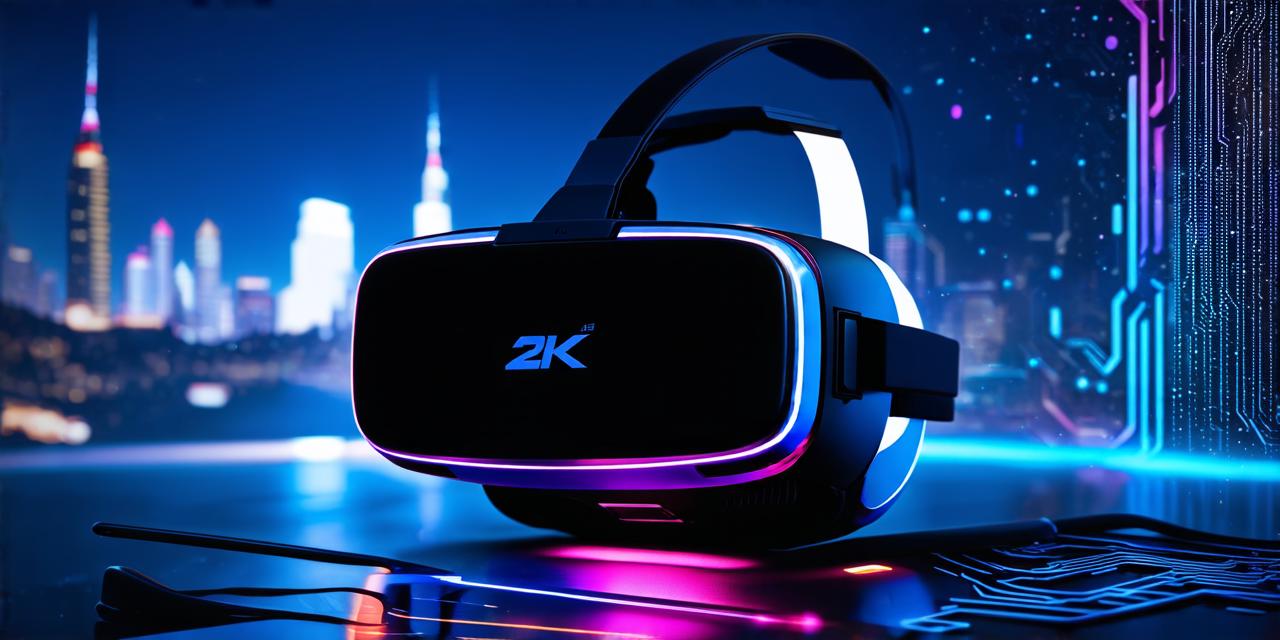Virtual reality headsets are becoming increasingly popular among virtual reality developers. These devices allow users to experience immersive, interactive environments that simulate real-world experiences.
What is a virtual reality headset?
A virtual reality headset is a device worn on the head that displays a 3D image in front of each eye. This creates an illusion of depth and perspective that can make users feel as though they are actually inside the environment being displayed. Virtual reality headsets come in a variety of styles, including wireless, wired, and standalone.
One of the most well-known virtual reality headsets is the Oculus Quest 2, which was released in October 2020. This device has a resolution of 1,832 x 1,920 per eye and is capable of displaying up to 120 frames per second (fps). The Oculus Quest 2 also comes with hand controllers that allow users to interact with the virtual environment.
Another popular virtual reality headset is the HTC Vive Pro Eye, which was released in April 2020. This device has a resolution of 2160 x 2160 per eye and is capable of displaying up to 90 fps. The HTC Vive Pro Eye also comes with hand controllers and can be used with a PC or laptop.
Virtual reality headsets are often used in gaming, but they have many other applications as well. For example, they can be used for training and simulation purposes in fields such as medicine, aviation, and military. They can also be used for education, allowing students to explore virtual worlds and learn about history, science, and art in a more engaging way.
How do virtual reality headsets work?
Virtual reality headsets use stereoscopic displays, which means that they display two slightly different images for each eye. This creates the illusion of depth and perspective that makes users feel as though they are inside the environment being displayed. Virtual reality headsets also use motion tracking technology to track the user’s movements and adjust the image in real-time to match their movement.
Virtual reality headsets can be used with a variety of devices, including PCs, laptops, smartphones, and gaming consoles. They often require a high-powered computer or gaming console to run smoothly, as the graphics and processing power required for virtual reality are quite demanding.
One of the key components of a virtual reality headset is the display screen. These screens use liquid crystal displays (LCDs) or organic light-emitting diodes (OLEDs) to display the 3D images. The display screens are usually mounted on a frame that sits on top of the user’s head, and they can be adjusted to fit the user’s head size and comfort level.
Another important component of a virtual reality headset is the motion tracking system. This system uses sensors and cameras to track the user’s movements and adjust the image in real-time to match their movement. Some virtual reality headsets use external sensors, while others have built-in sensors.
Virtual reality headsets can also be equipped with haptic feedback technology, which allows users to feel physical sensations such as vibrations and force feedback. This can enhance the immersive experience of virtual reality by making users feel like they are truly inside the environment being displayed.
Case study: Virtual reality in healthcare
One example of a virtual reality headset being used in healthcare is the Oculus Quest 2, which has been used for treating anxiety and phobias.
